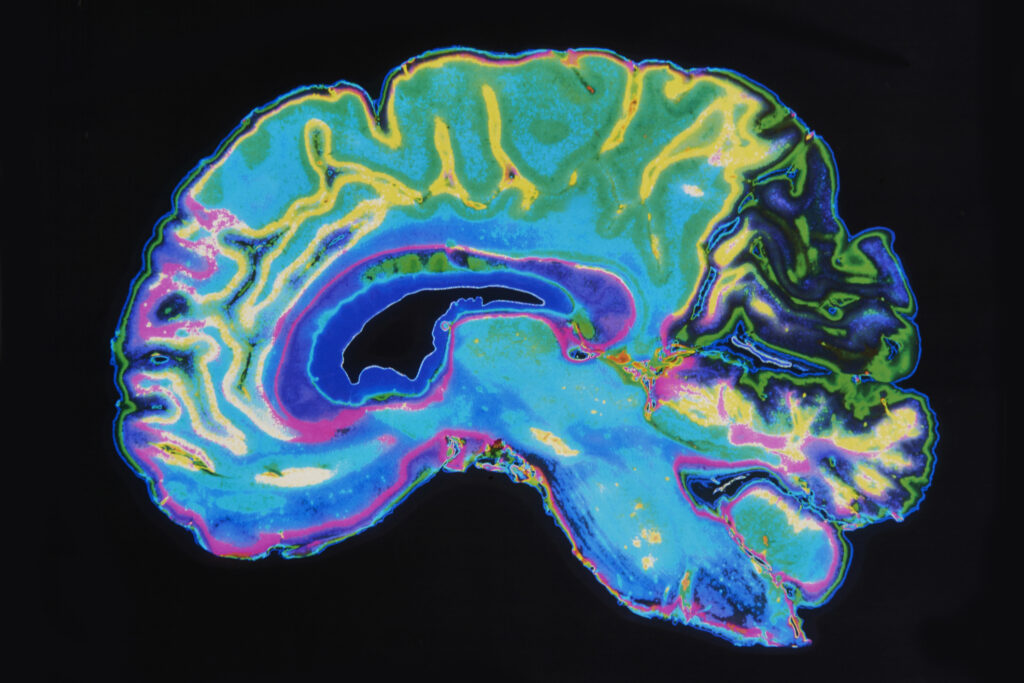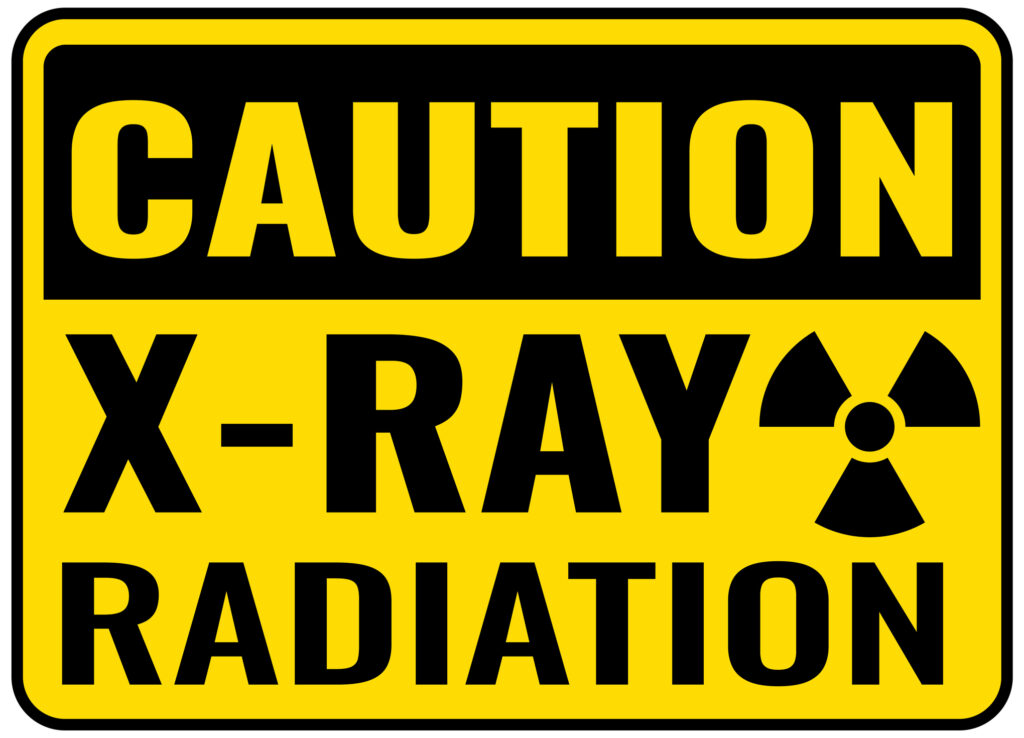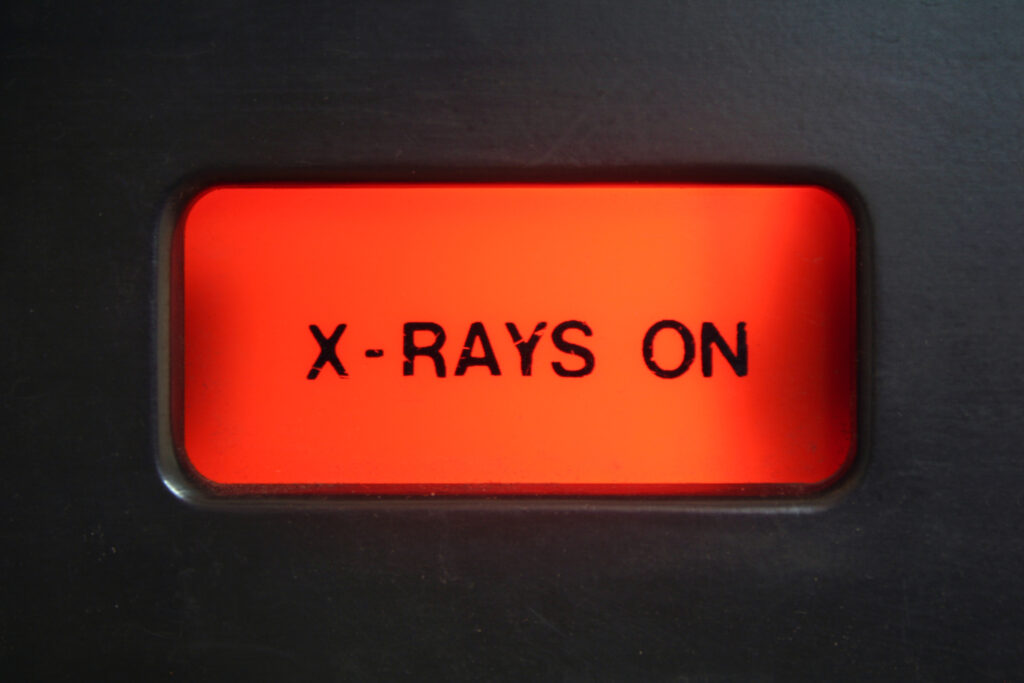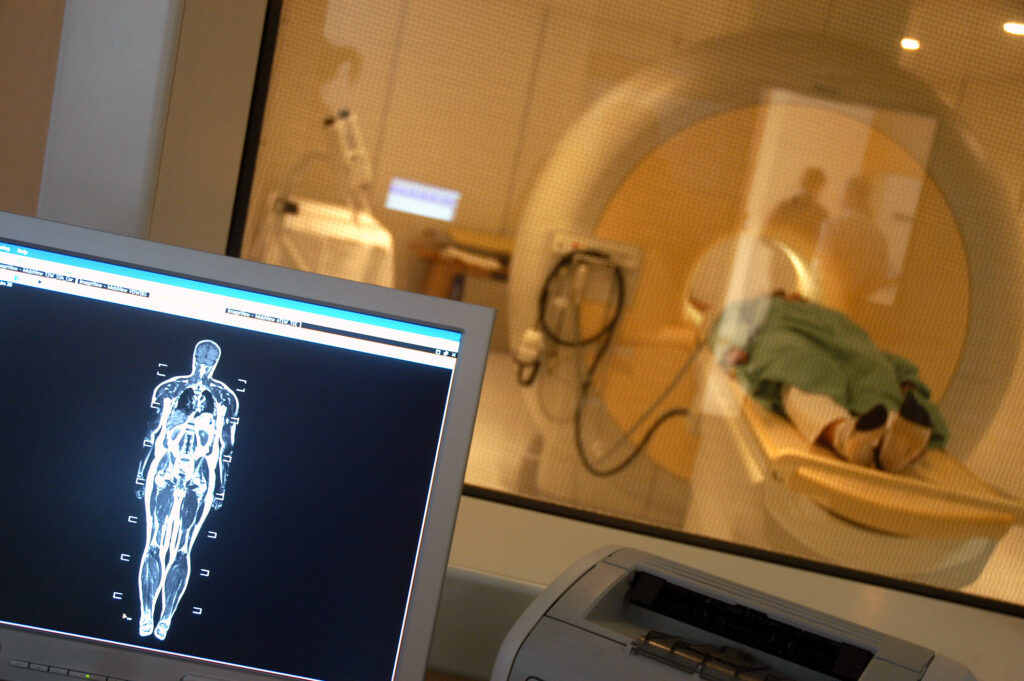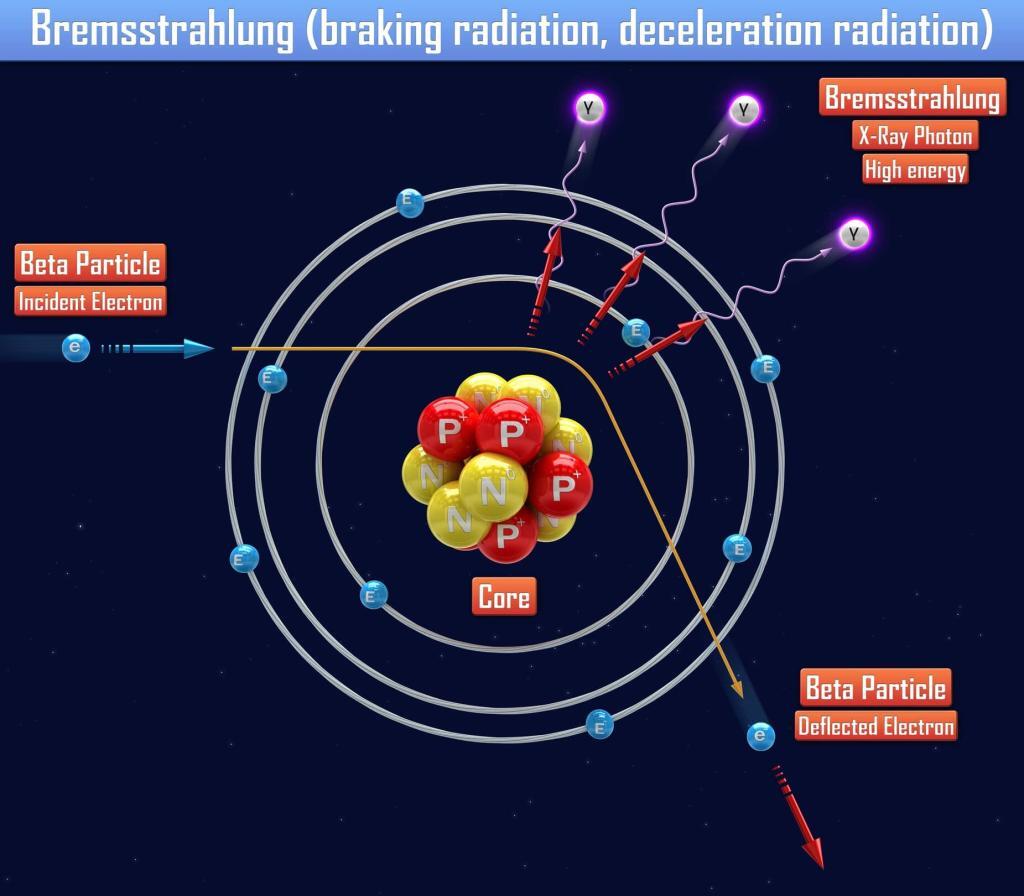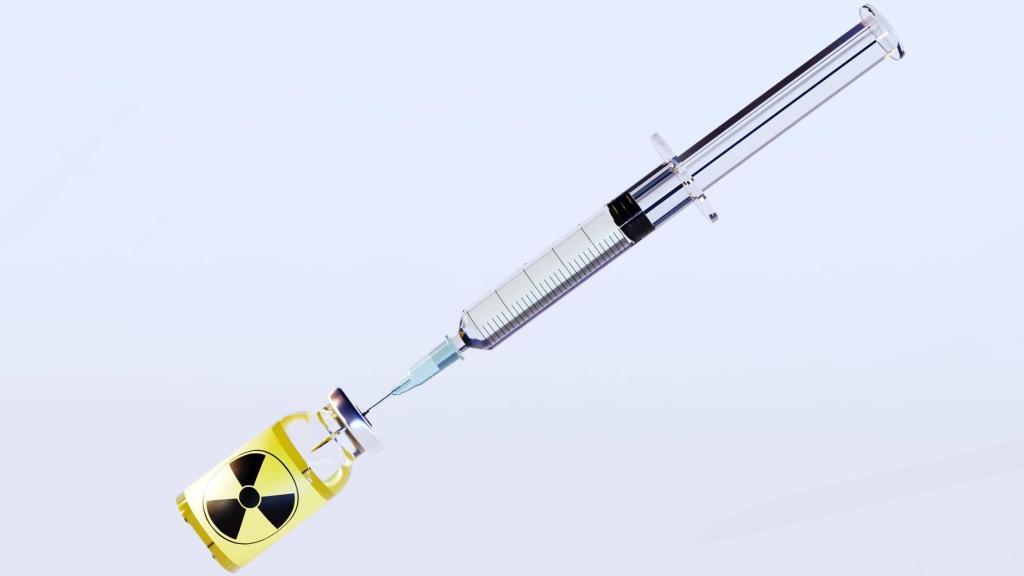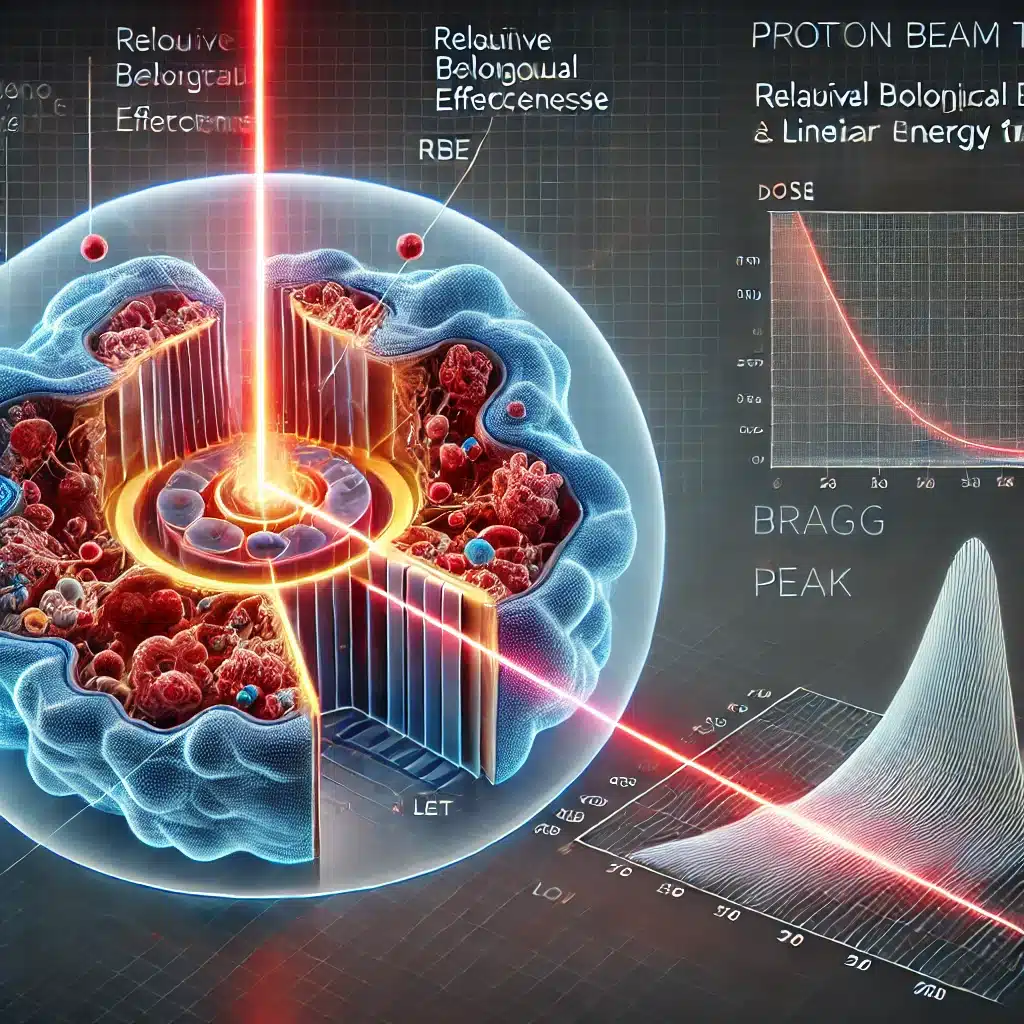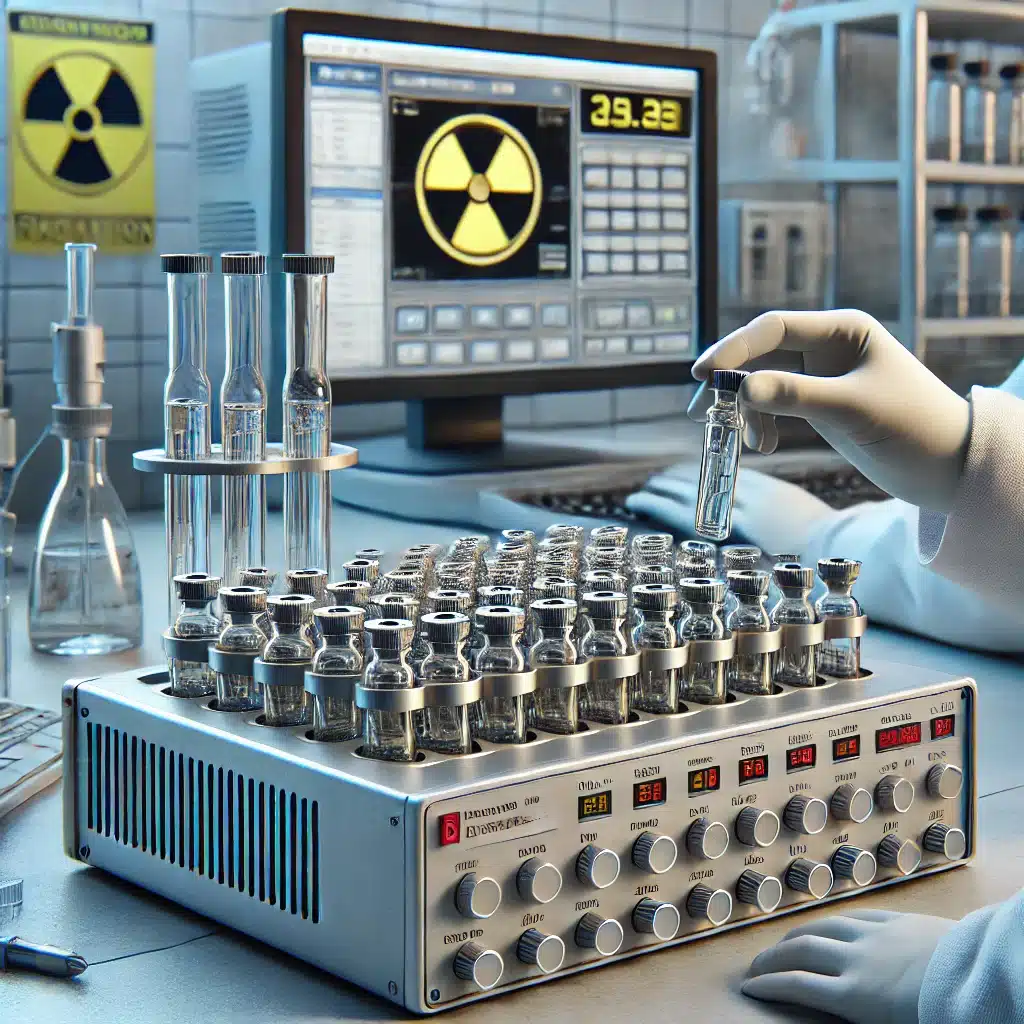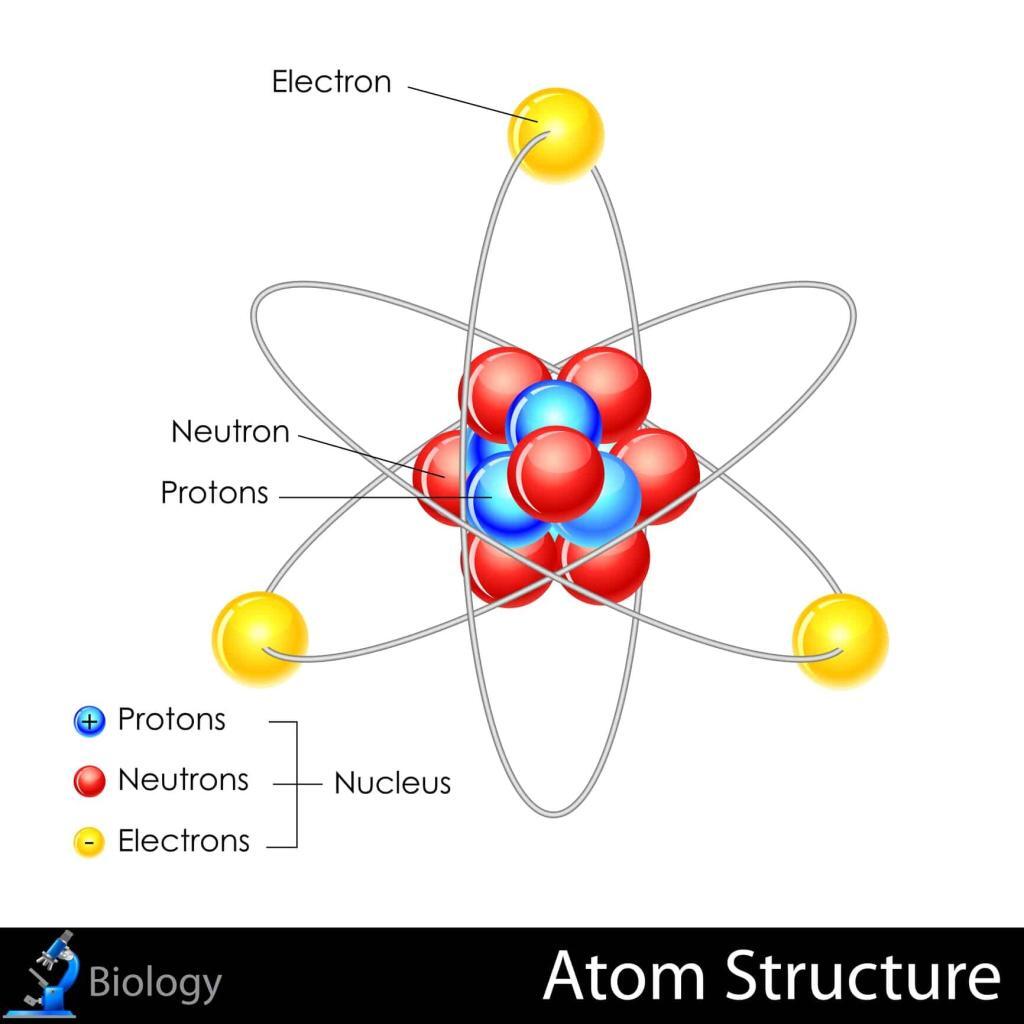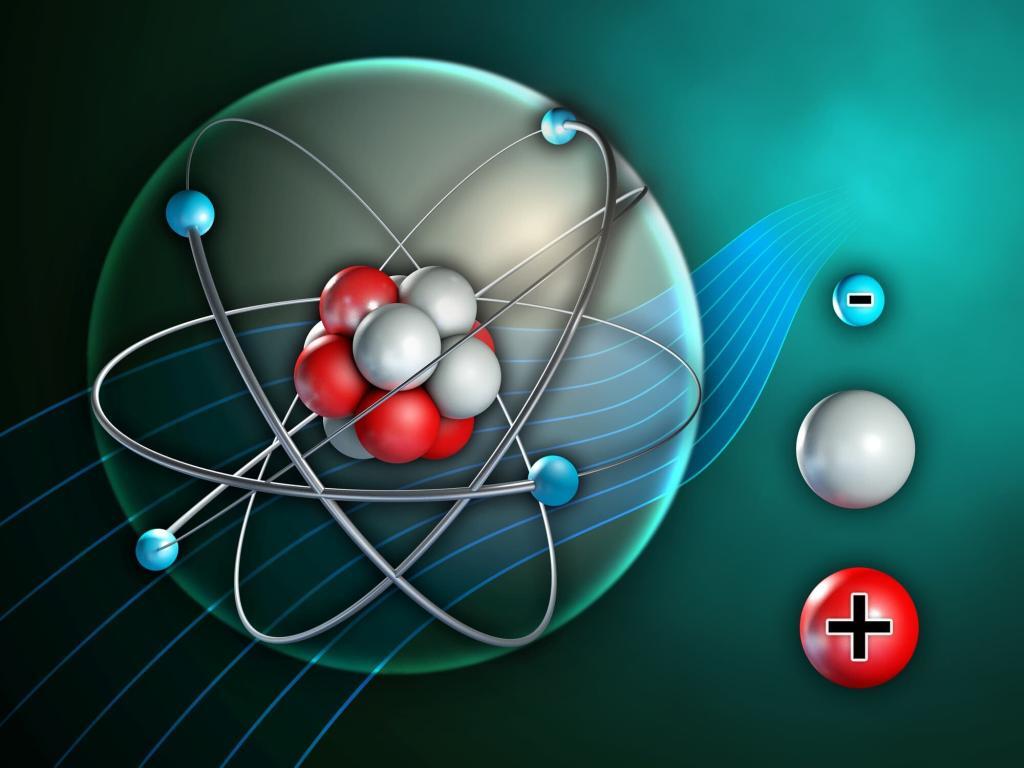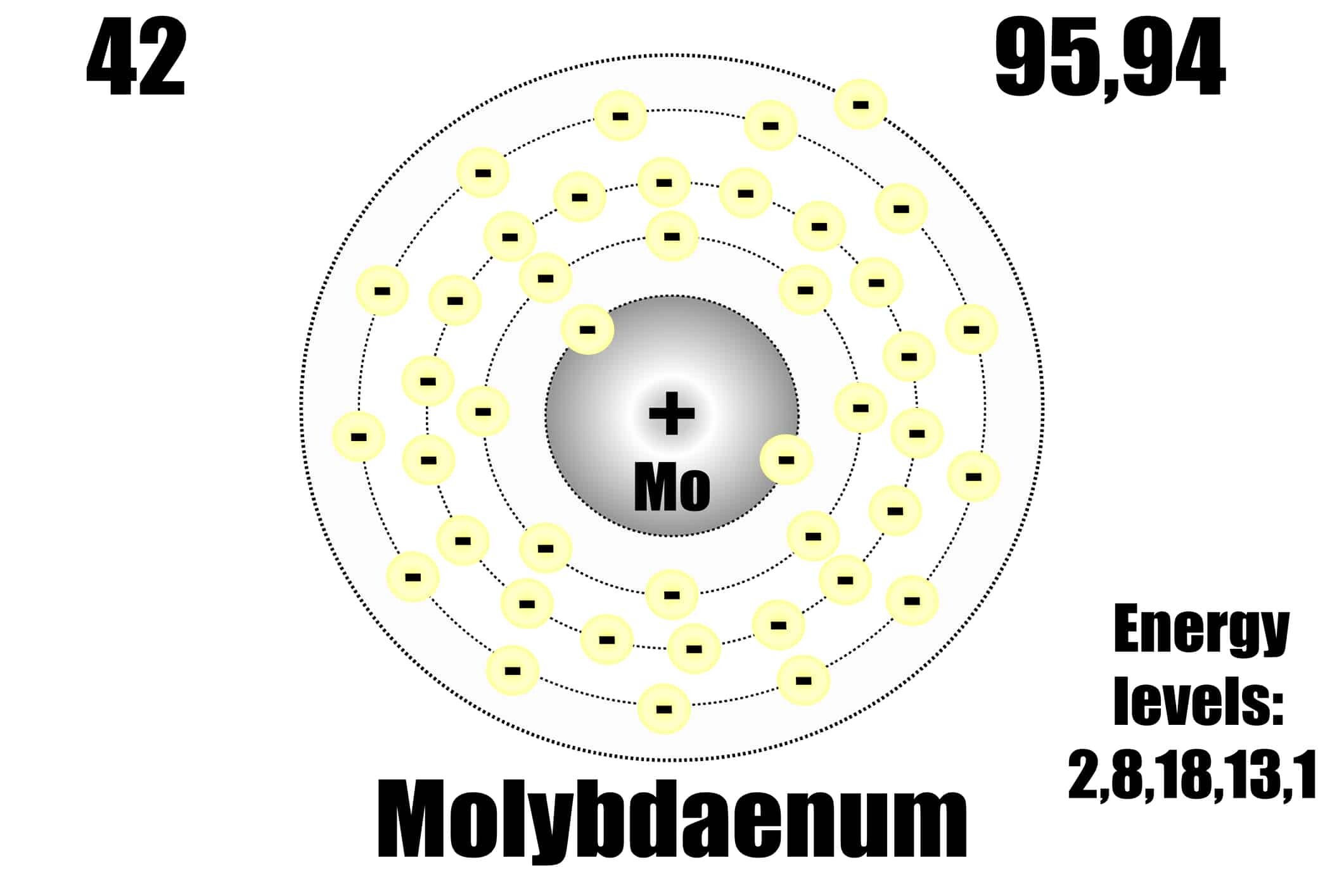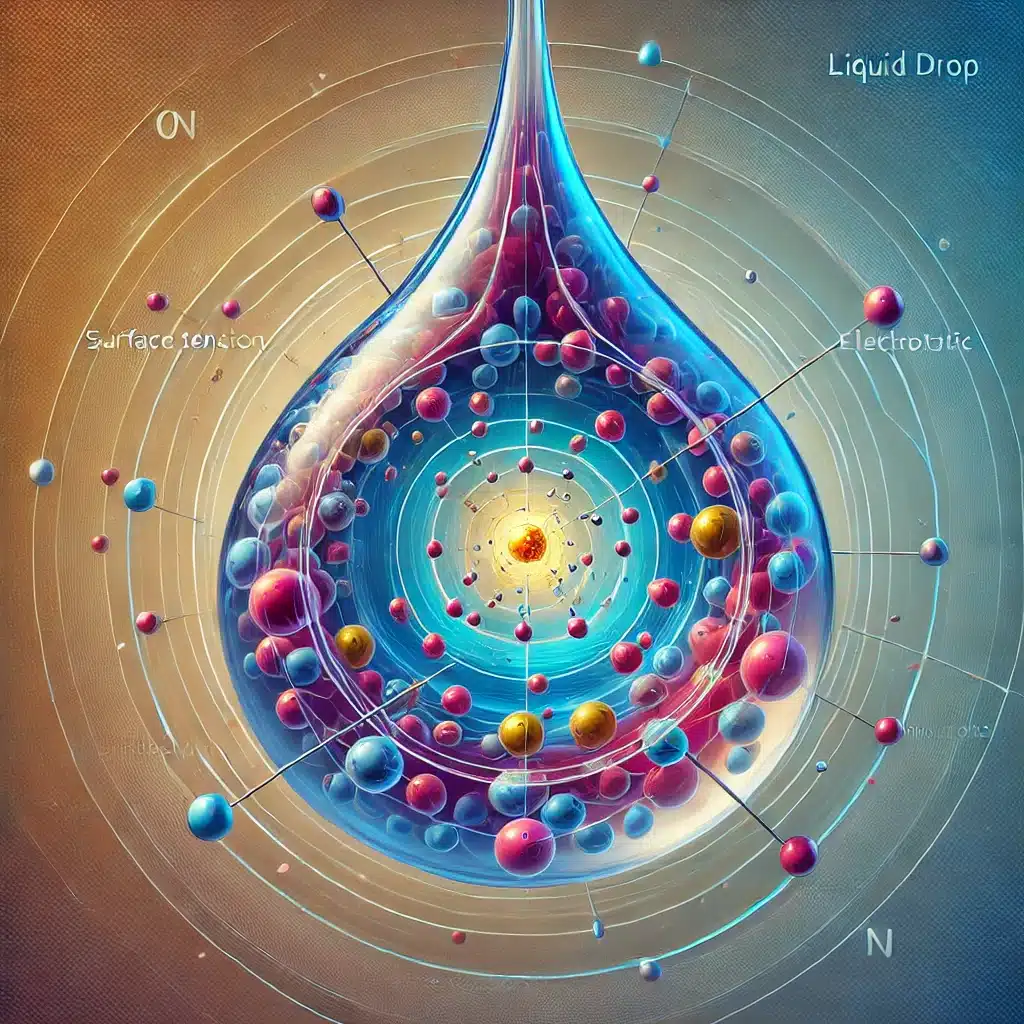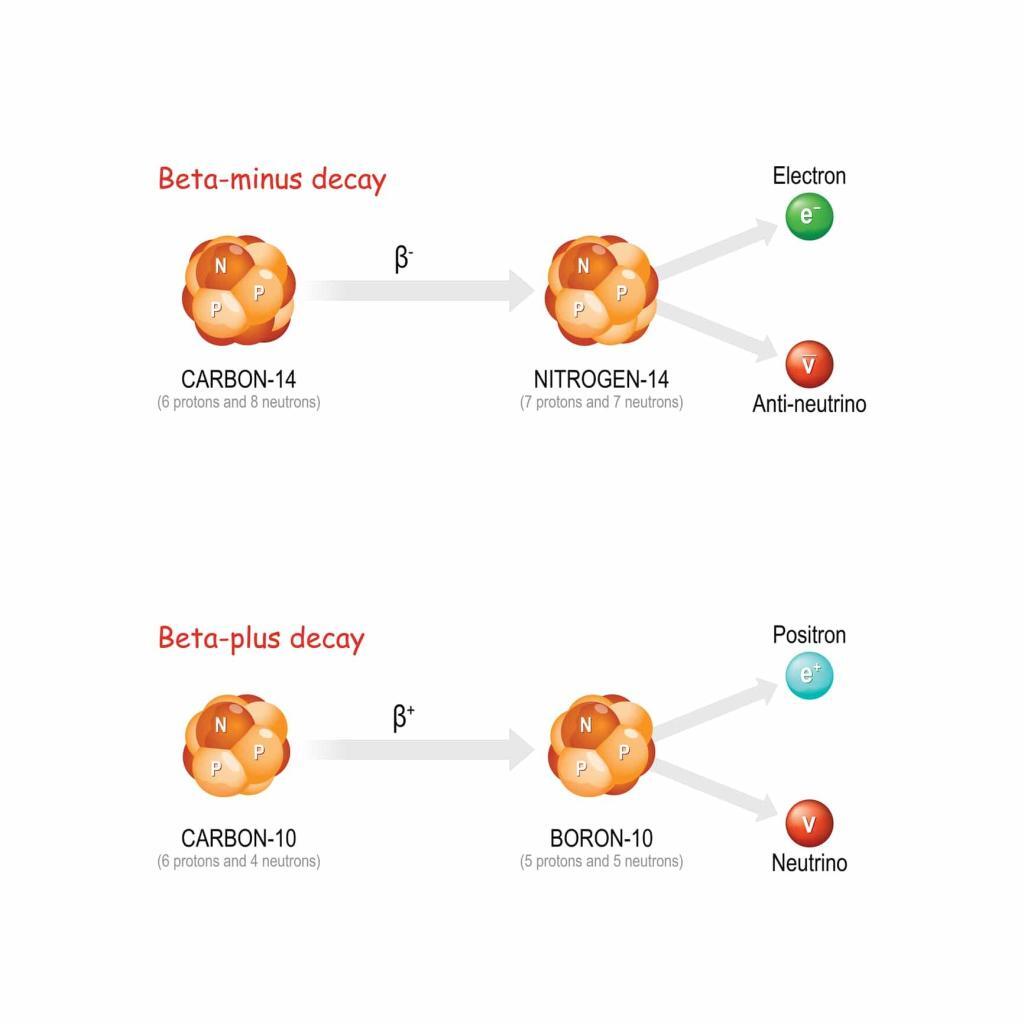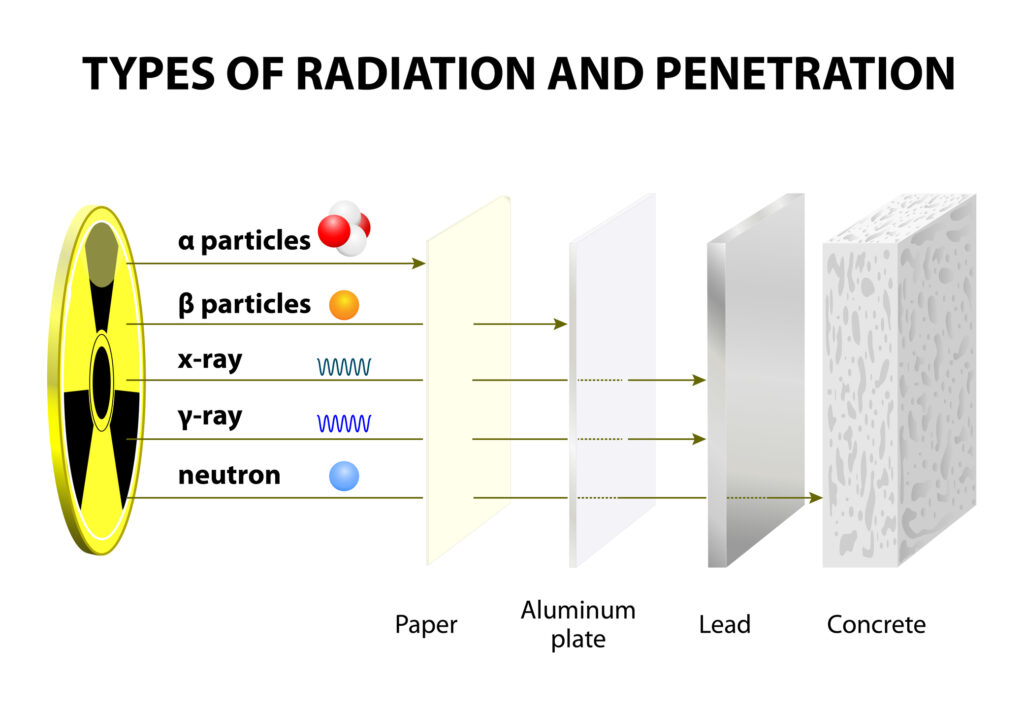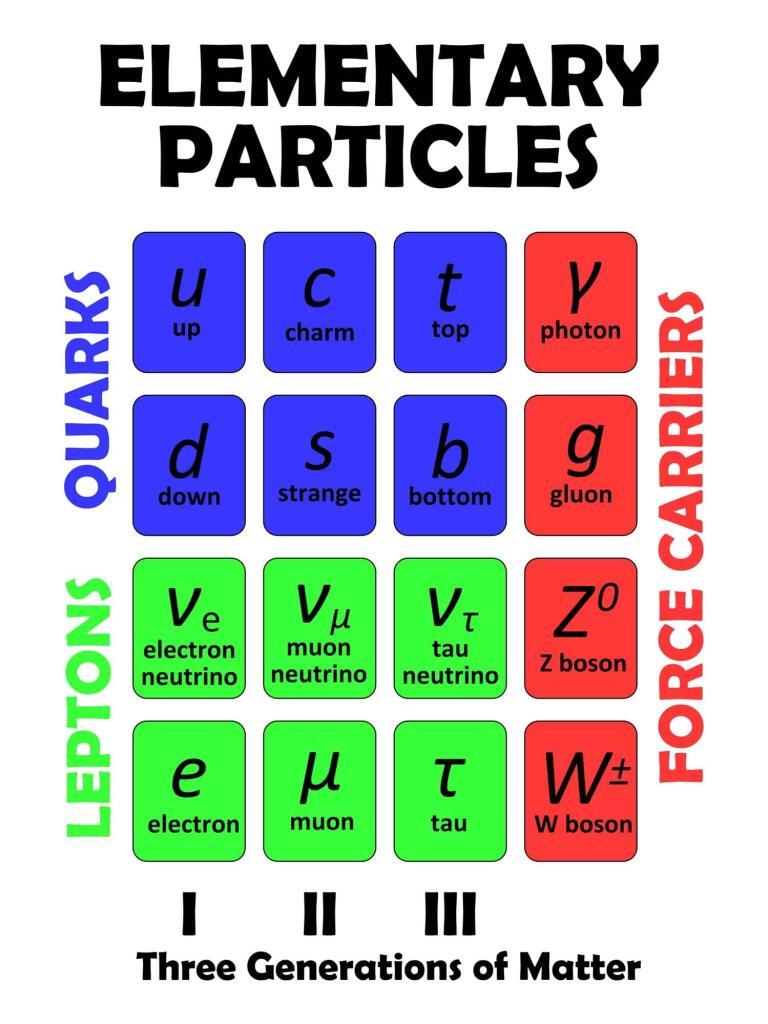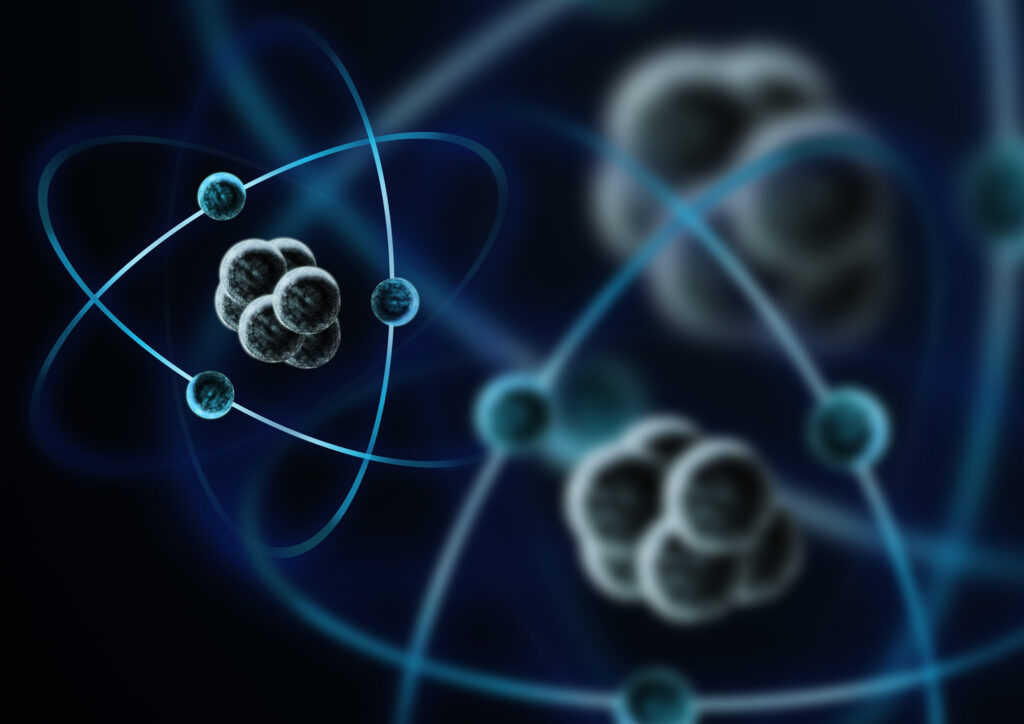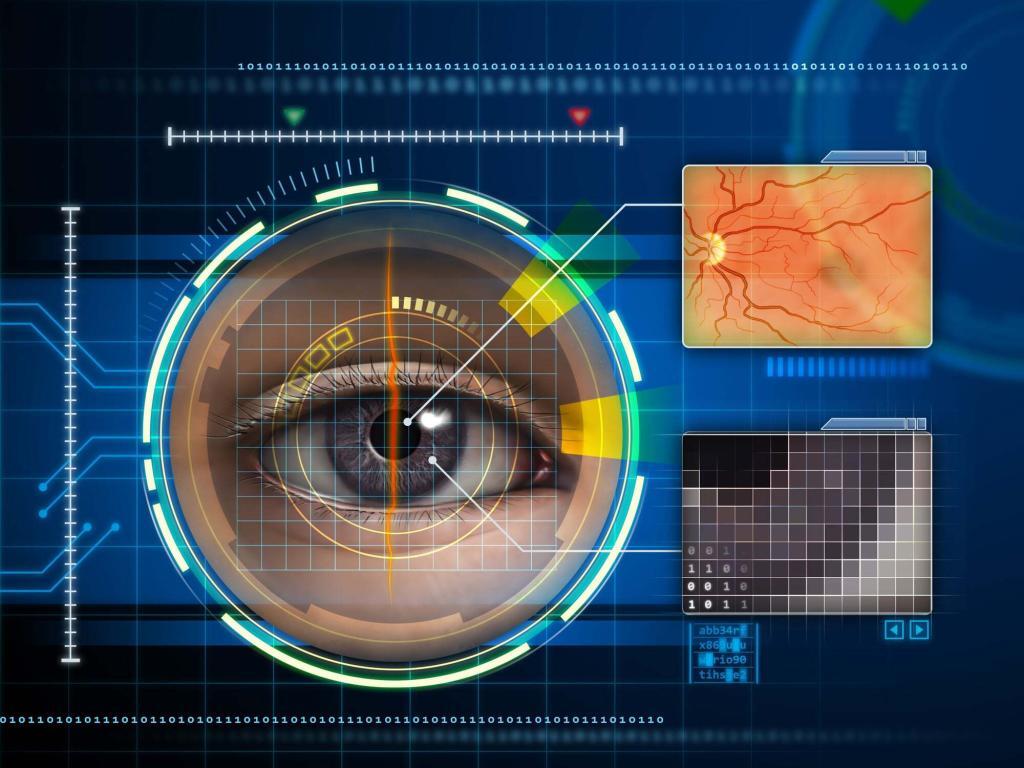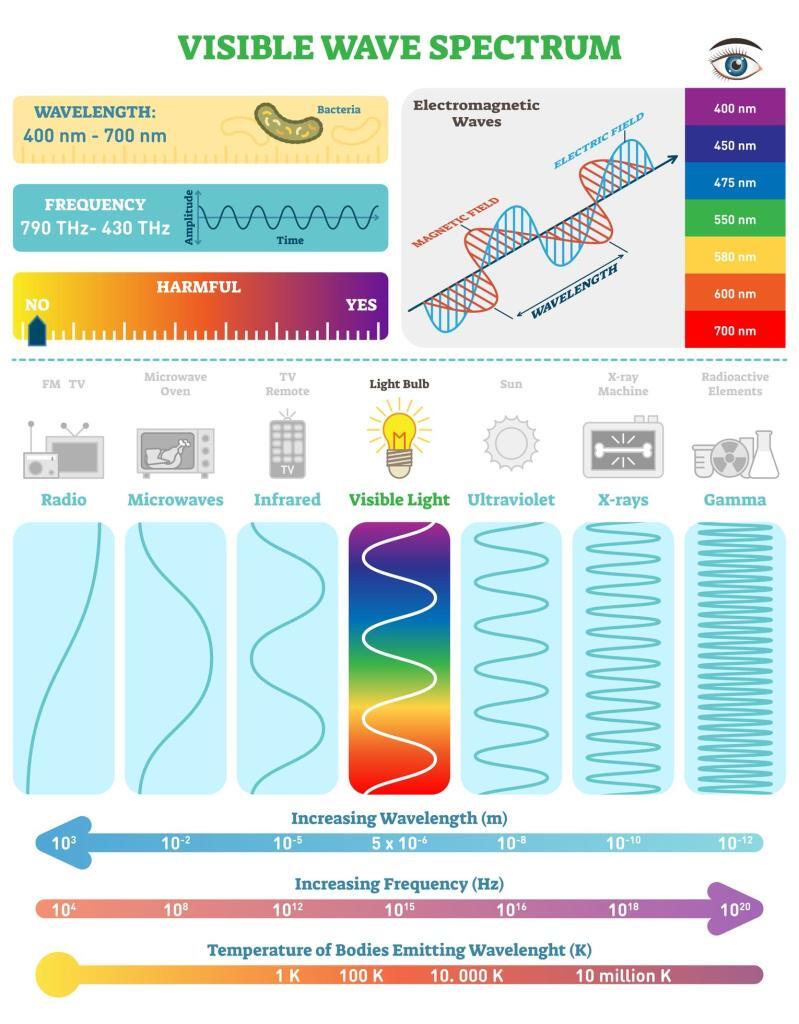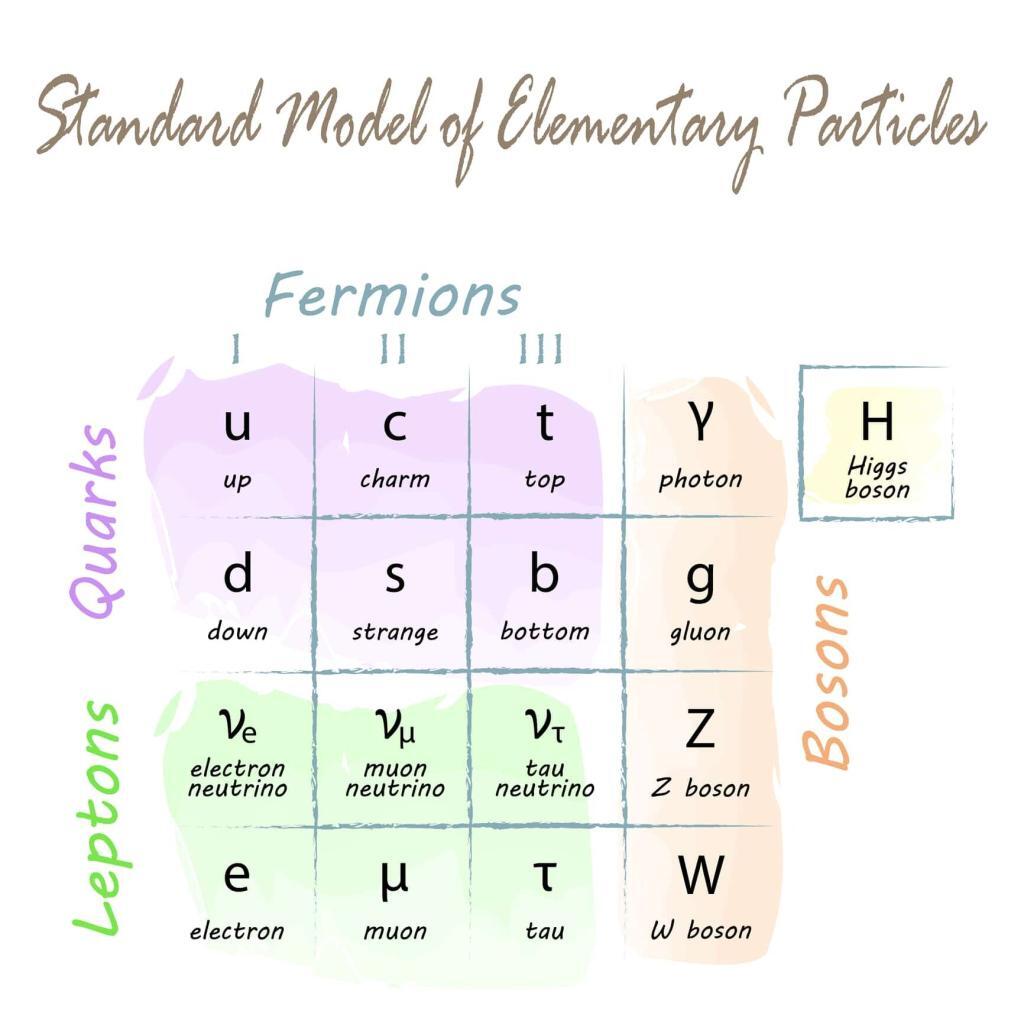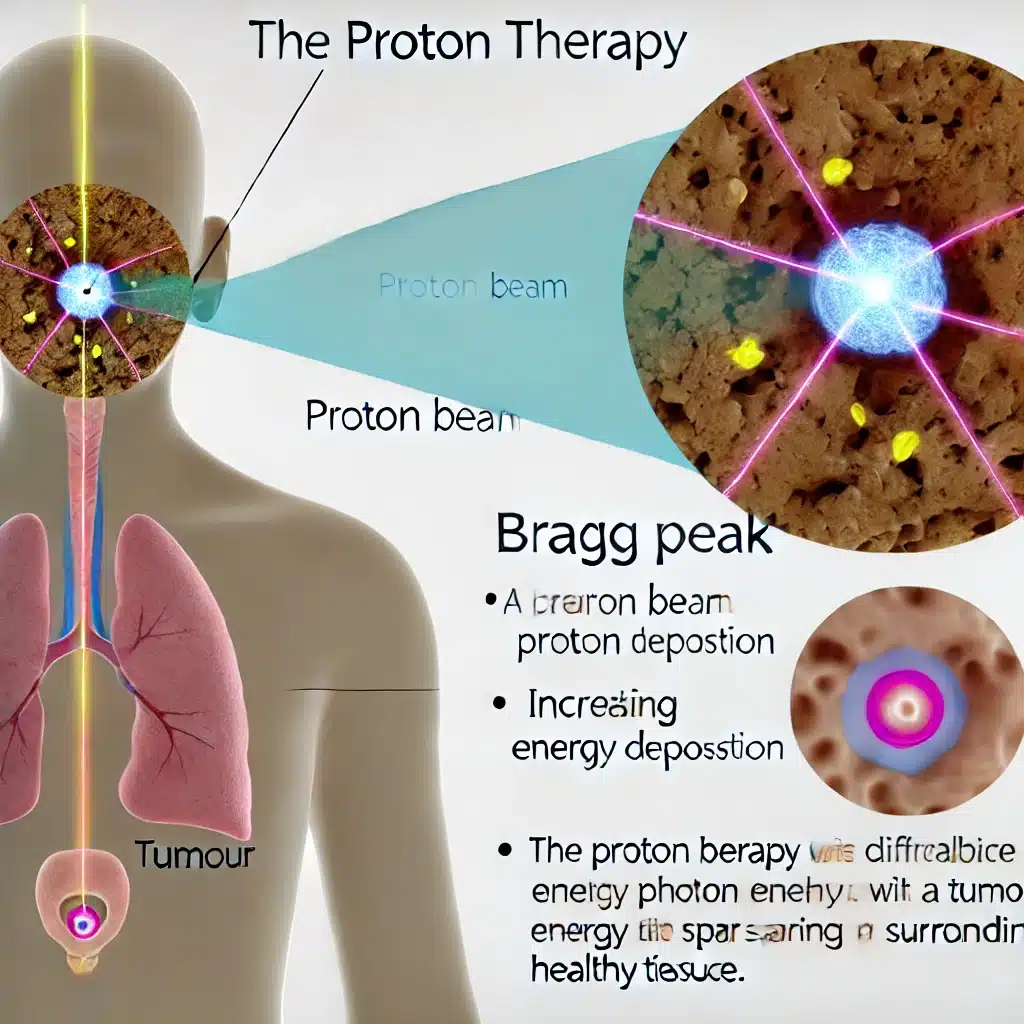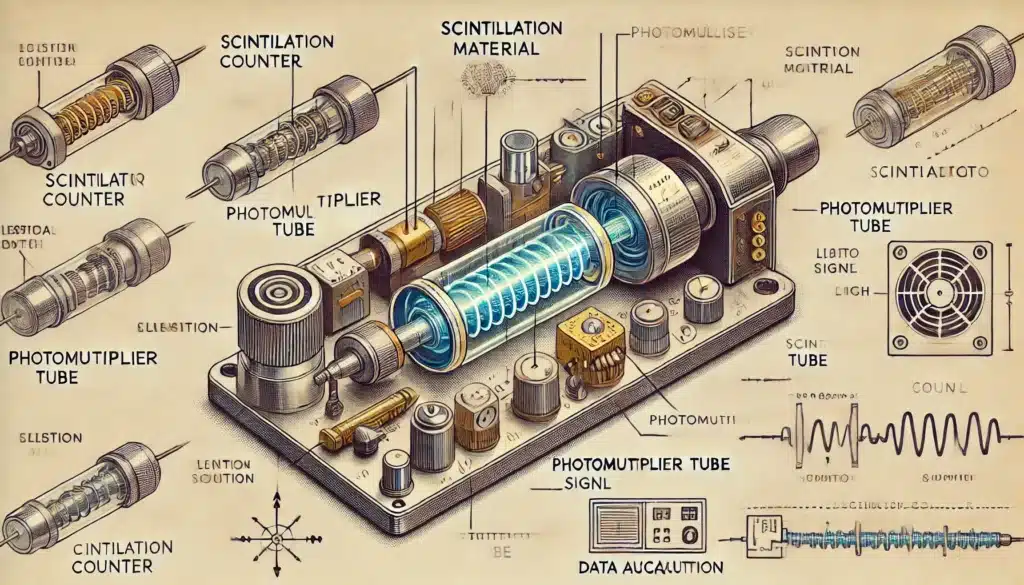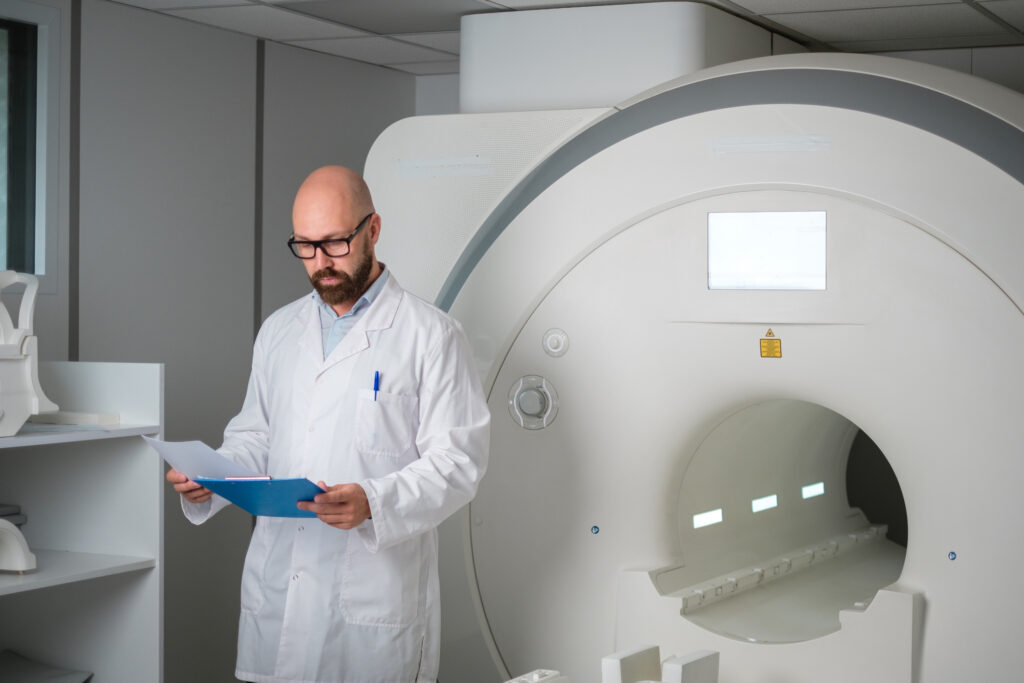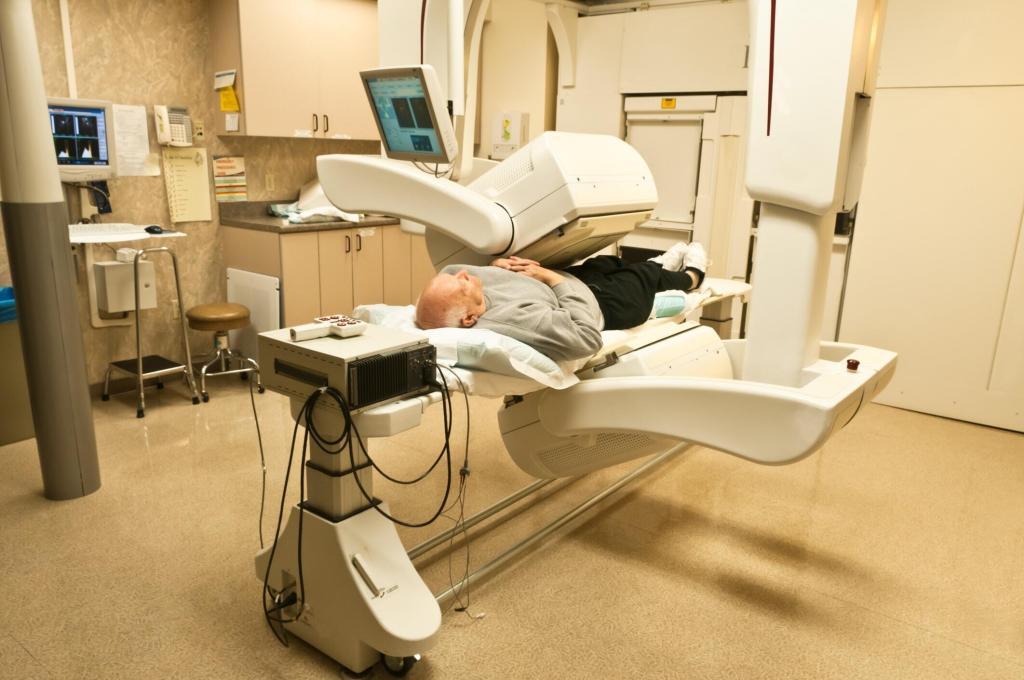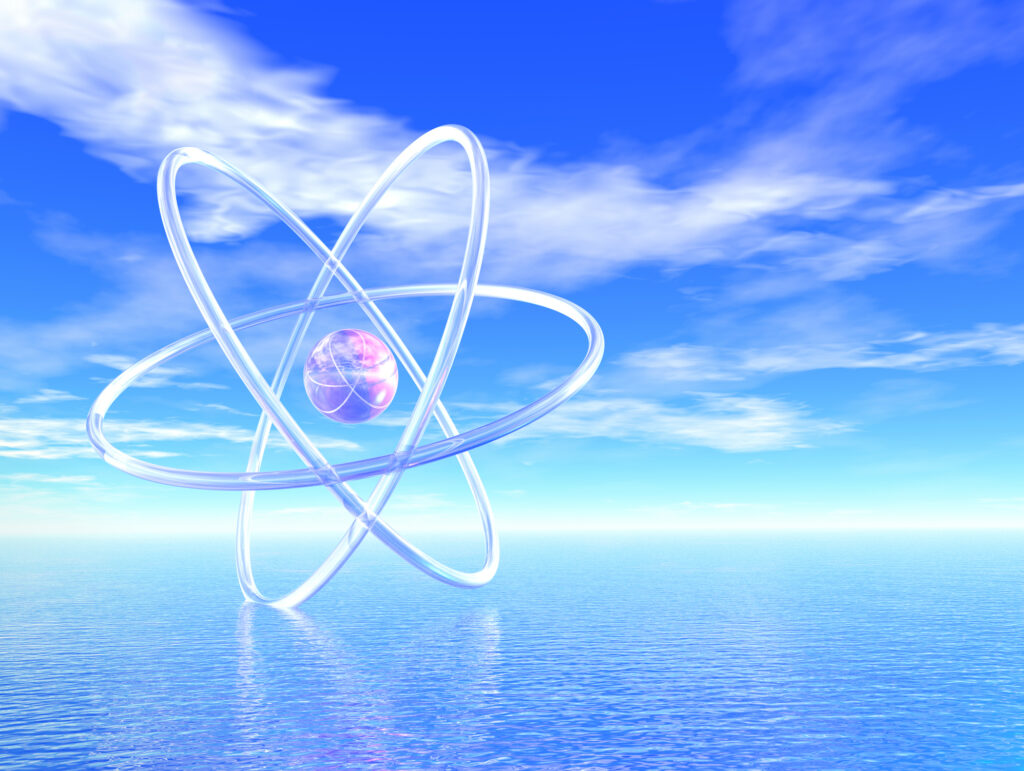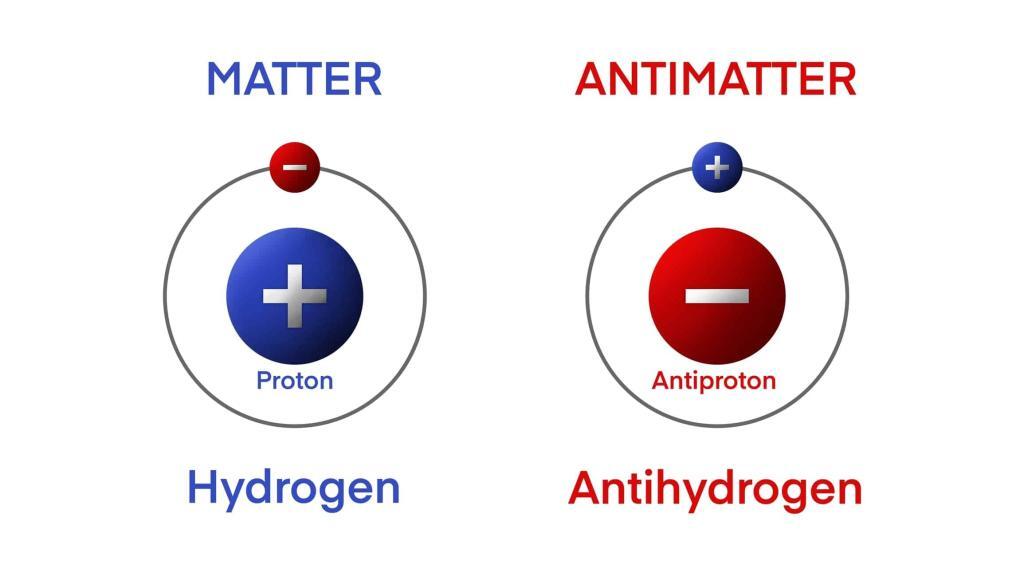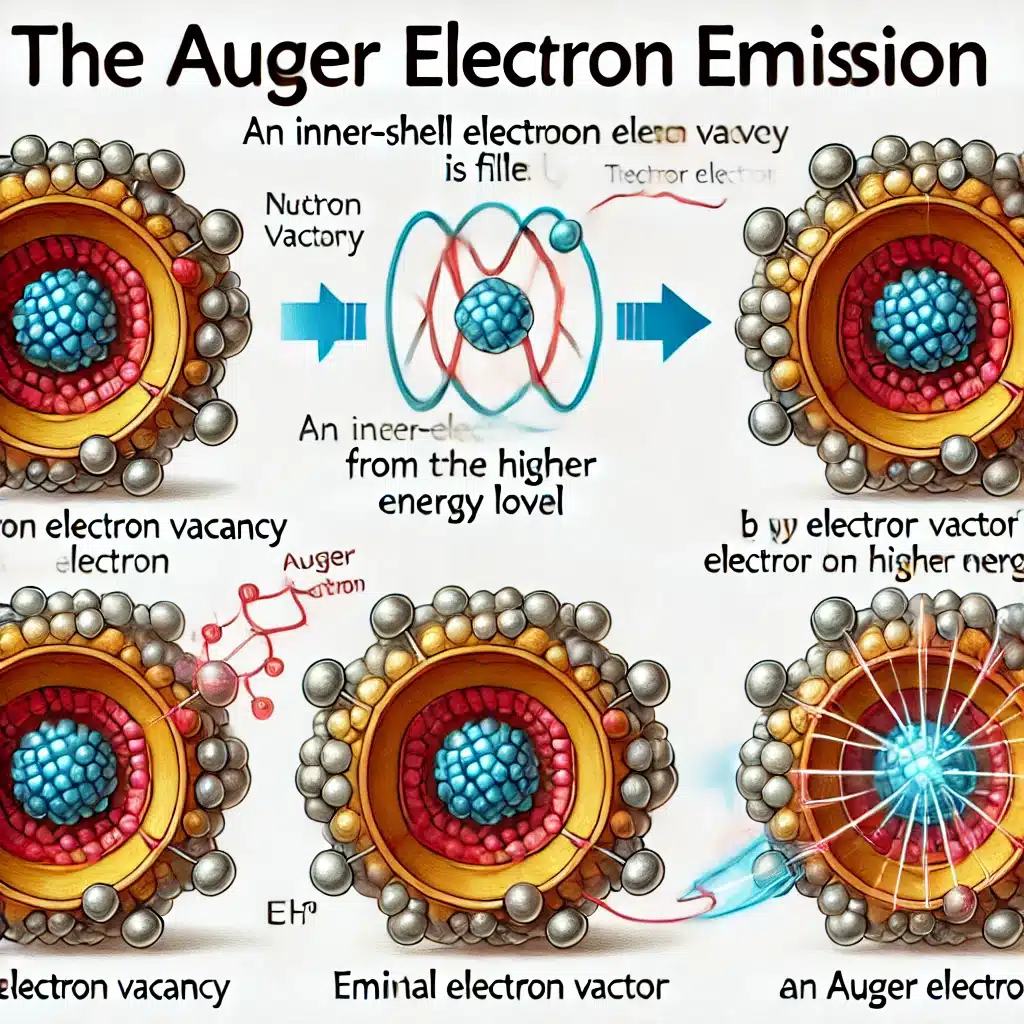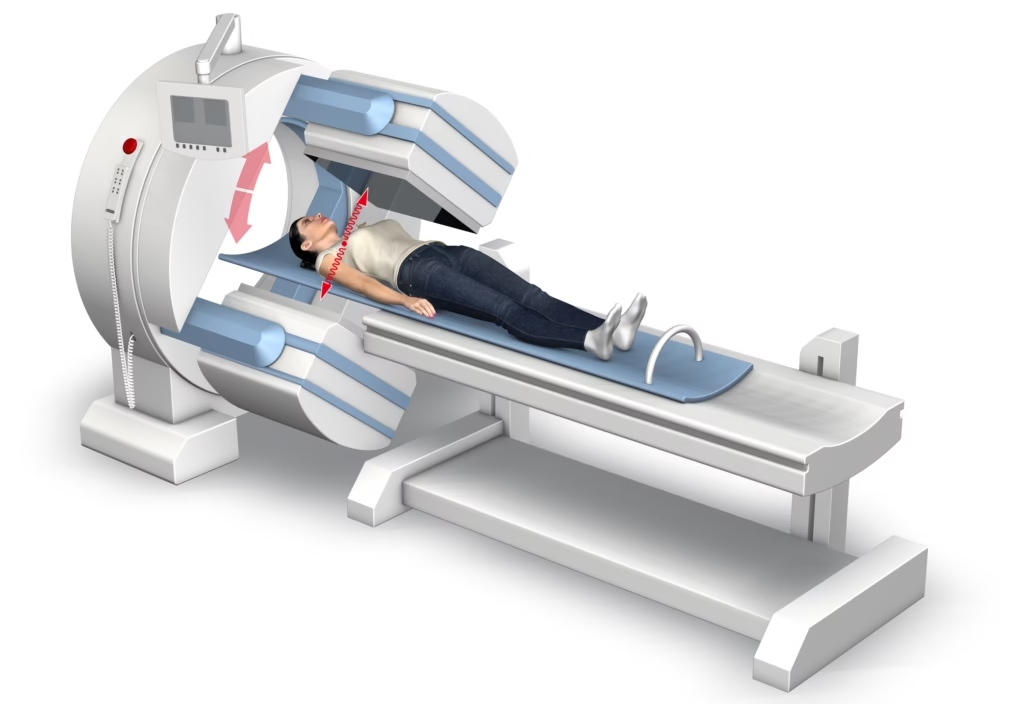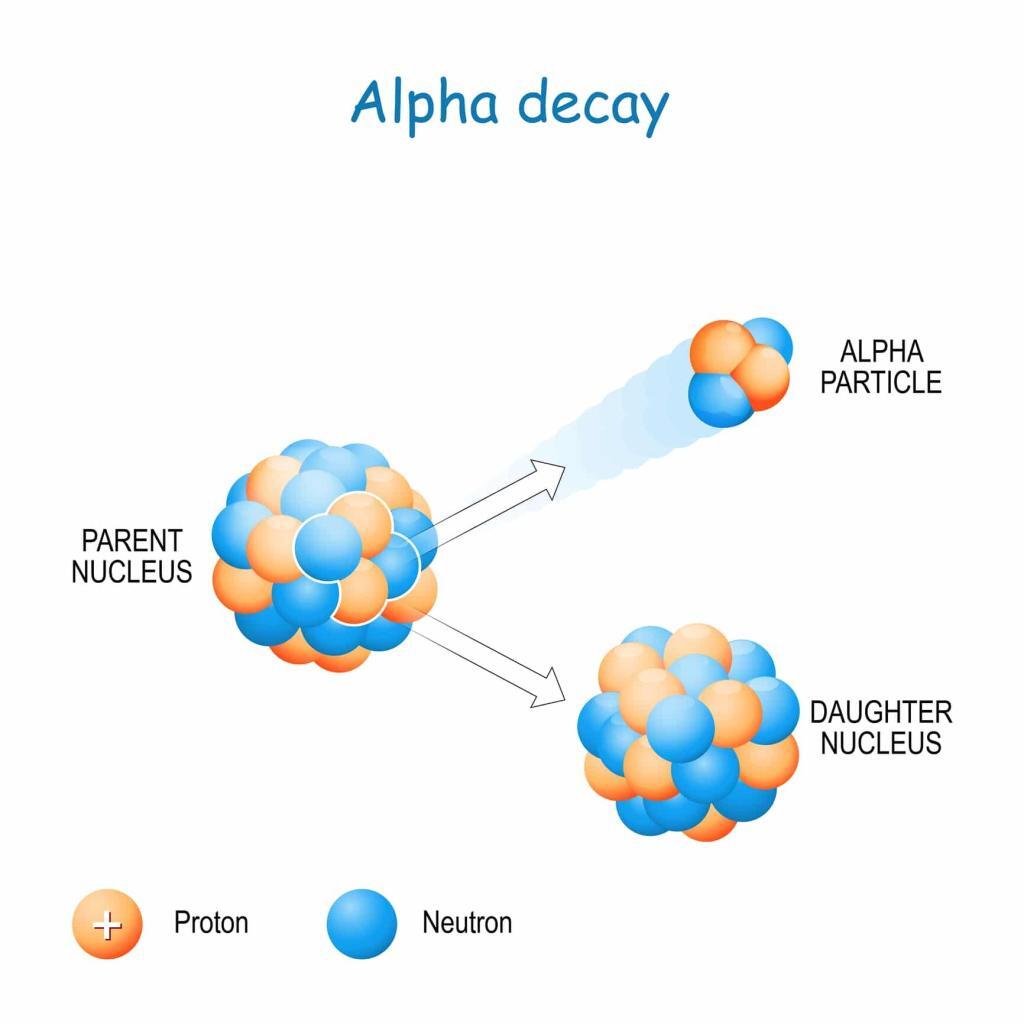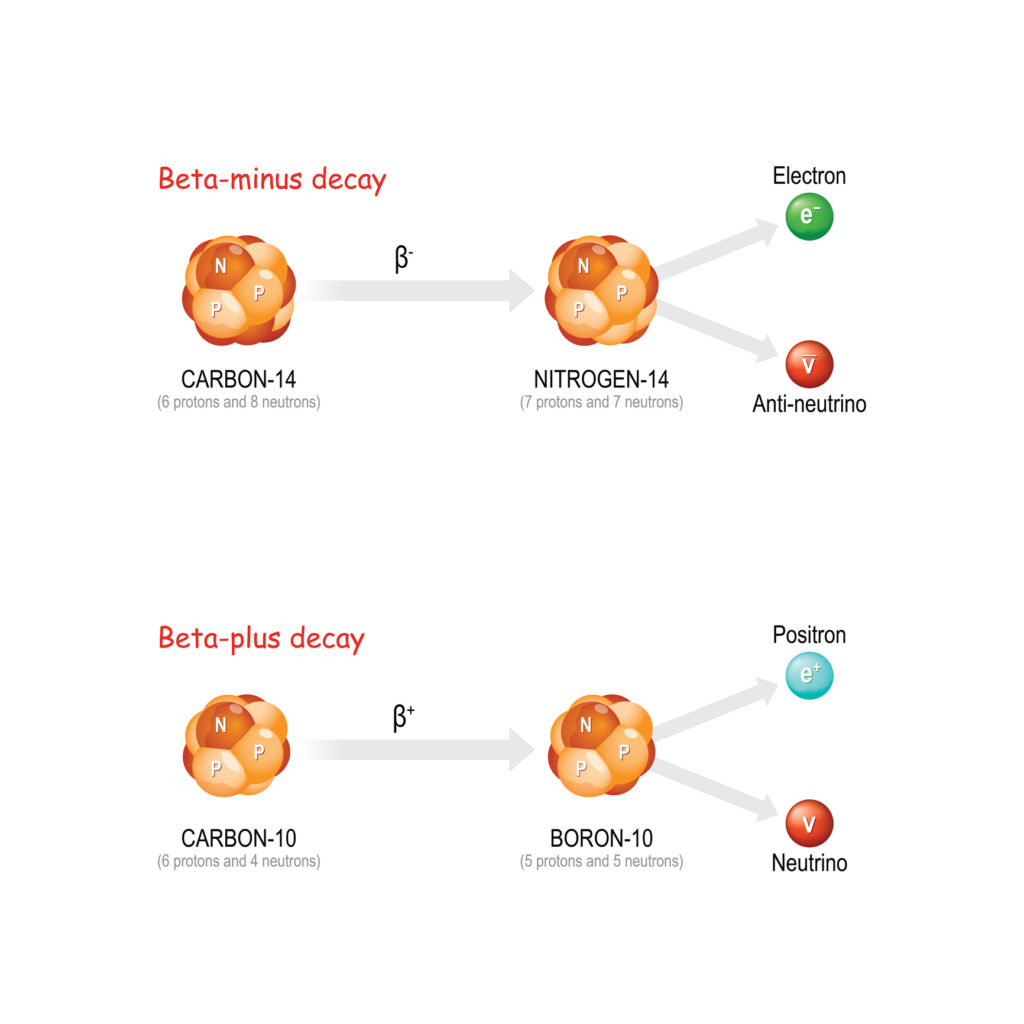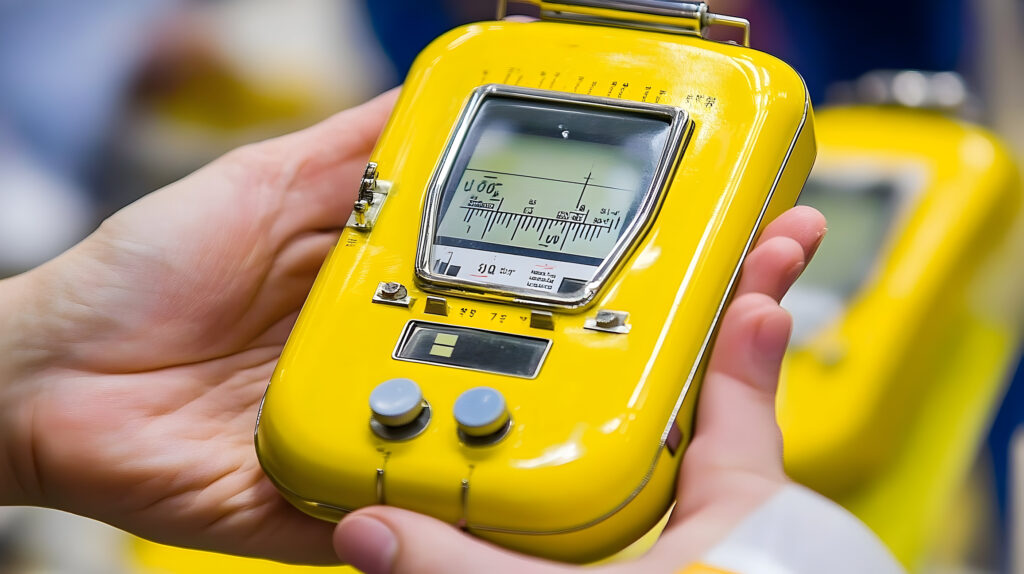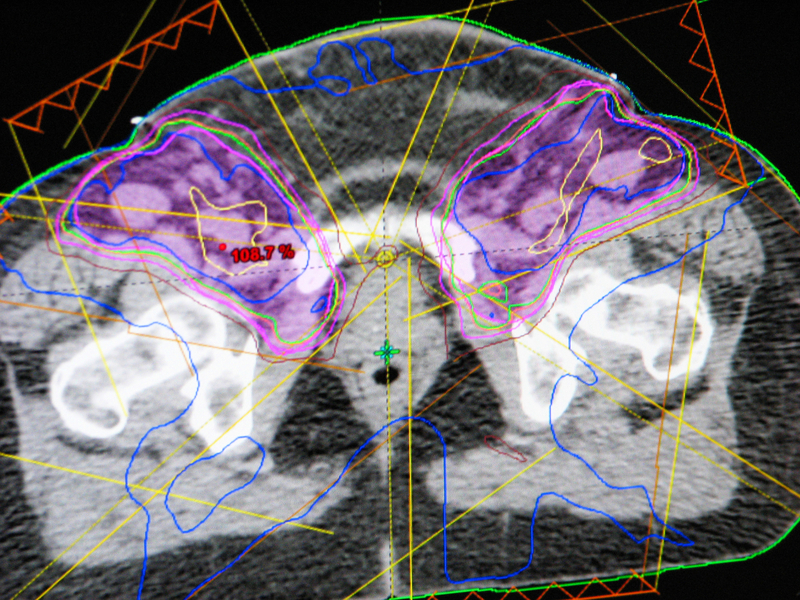Medical Physics
Medical Health Physics, also known as health physics in the medical context, is an essential field that intertwines physics with the medical sciences. It focuses primarily on protecting patients, healthcare workers, and the public from the potential hazards of radiation. This discipline is crucial in settings where radiation is used in diagnosis and treatment, such as radiology, nuclear medicine, and radiation oncology.
The foundation of Medical Health Physics lies in understanding and applying the principles of radiation physics to ensure safe practices in the medical use of radiation. This involves detailed knowledge of the sources of radiation, the interaction of radiation with matter, and the various methods of radiation detection and measurement. Professionals in this field, known as Medical Health Physicists, are tasked with various responsibilities, including designing safe radiological facilities, ensuring the accuracy of radiation equipment, and implementing rigorous safety protocols to minimize radiation exposure.
One of the primary concerns in Medical Health Physics is the protection of patients. With the increasing use of radiation in medical diagnostics and treatments, such as X-rays, CT scans, and radiation therapy, there is a heightened risk of overexposure, which can lead to serious health issues, including radiation burns or radiation-induced cancers. Medical Health Physicists work to ensure that all equipment is functioning within safe limits and that the doses administered are as low as reasonably achievable (ALARA principle) while still achieving diagnostic or therapeutic efficacy.
In addition to patient safety, Medical Health Physics also focuses on the safety of healthcare personnel who work with or around radiation. This includes training staff on radiation safety practices, monitoring radiation exposure, and ensuring that exposure limits are not exceeded. Health physicists often use dosimeters and other monitoring devices to track real-time exposure levels and implement engineering and administrative controls to mitigate risks.
The field also extends to emergency response planning for radiological incidents within healthcare facilities, such as accidents involving radioactive materials. This involves preparing and executing emergency procedures, contamination control, and training healthcare teams on response strategies.
Furthermore, Medical Health Physics is pivotal in research and development within medical technology. Innovations in radiological technology often require input from health physicists to ensure new devices and procedures are safe before they are implemented in clinical settings.
As healthcare continues to advance, the role of Medical Health Physics is evolving and expanding. Integrating new technologies such as artificial intelligence and machine learning in radiation monitoring and safety protocols exemplifies this field’s innovative directions. The ultimate goal remains steadfast: to harness the power of radiation for the benefit of patients while safeguarding those who administer and receive it, thus upholding the highest health and safety standards in medical treatments.
You are here:
home » Medical Health Physics

